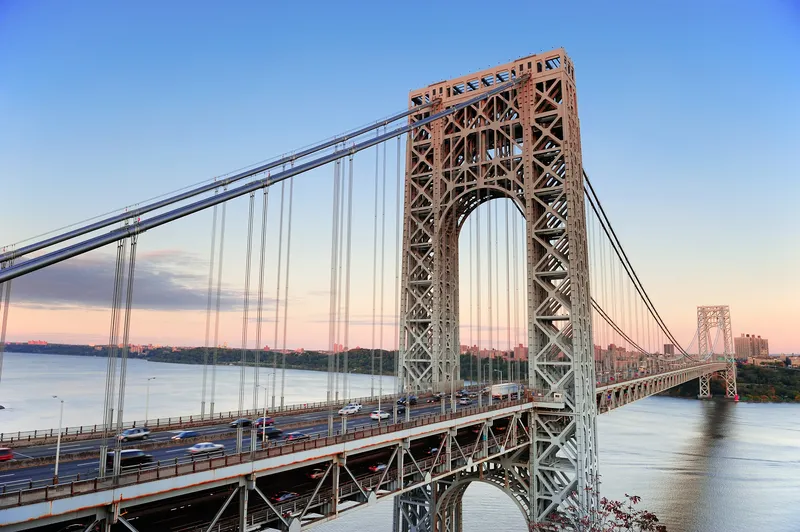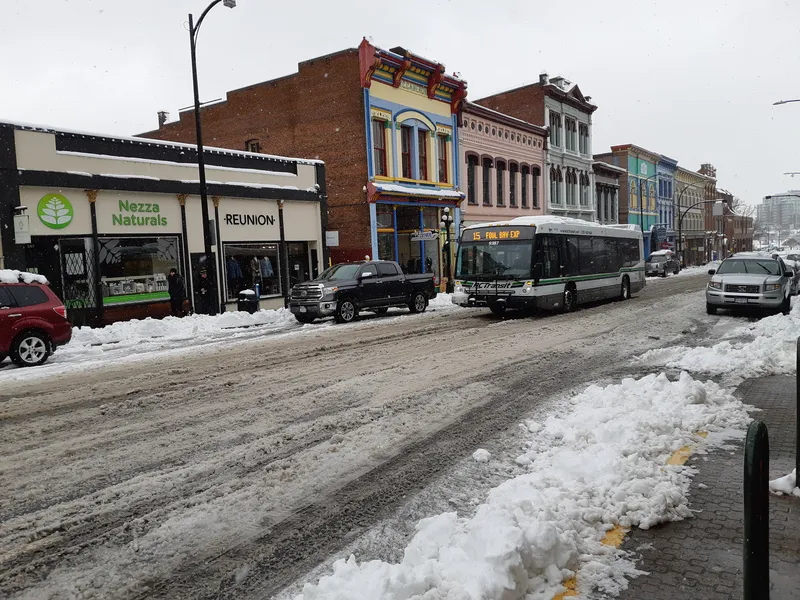
Kapsch TrafficCom USA has completed delivery of a new tolling system covering four bridges and two tunnels between New York and New Jersey.
The cashless system means drivers are no longer required to stop at toll booths. For E-ZPass users, nothing will change. Those without an E-ZPass will have their licence plates automatically recorded and receive bills via mail.
The final step of the project, for which the Port Authority of New York and New Jersey and Kapsch TrafficCom were awarded ITS NY Project of the Year 2022, went live this month.
“With the system for the Lincoln Tunnel going live, we have concluded six years of tireless work to enable cashless tolling for drivers crossing between New York and New Jersey,” says JB Kendrick, president Kapsch TrafficCom USA.
Port Authority executive director Rick Cotton adds: “This upgrade is a win-win for all drivers who use our crossings by cutting precious minutes from daily commutes, by reducing vehicle accidents in toll lanes, and by decreasing emissions from vehicles waiting in line to pay cash at toll booths.”
The project included the replacement of the legacy toll collection system at all Hudson River and Staten Island Bridge crossings operated by the Port Authority with AET technology provided by Kapsch.
The tolling system covers four bridges, two tunnels, 13 zones, two-way traffic with one direction tolled at reversable lanes and three plazas.
Kapsch installed new tolling sensors and equipment providing proprietary stereoscopic nVDC technology in order to create all electronic transactions.
In addition to the six crossings, the system also includes Central Host functionality with primary and secondary host server installations.
The system is maintained 24/7 by Kapsch personnel.








